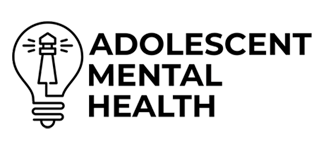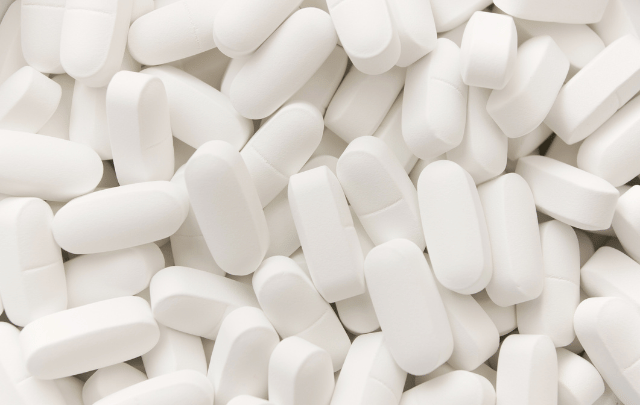M367 Pill: Uses, Side Effects, and Precautions
The M367 pill is a prescription pain medication used to treat moderate to severe pain. This pill combines hydrocodone and acetaminophen for effective pain relief. Understanding its uses, side effects, and precautions can help ensure safe use.
Key Takeaways
The M367 pill is a prescription medication combining hydrocodone and acetaminophen, used for managing moderate to severe pain, particularly in postoperative and chronic conditions.
Prolonged use of the M367 pill carries risks of dependence, addiction, and severe side effects, necessitating careful medical supervision and adherence to prescribed dosages.
Safe storage and proper disposal of the M367 pill are essential to prevent misuse and environmental contamination, and patients must disclose all medications to healthcare providers to avoid harmful interactions.
What Is the M367 Pill?
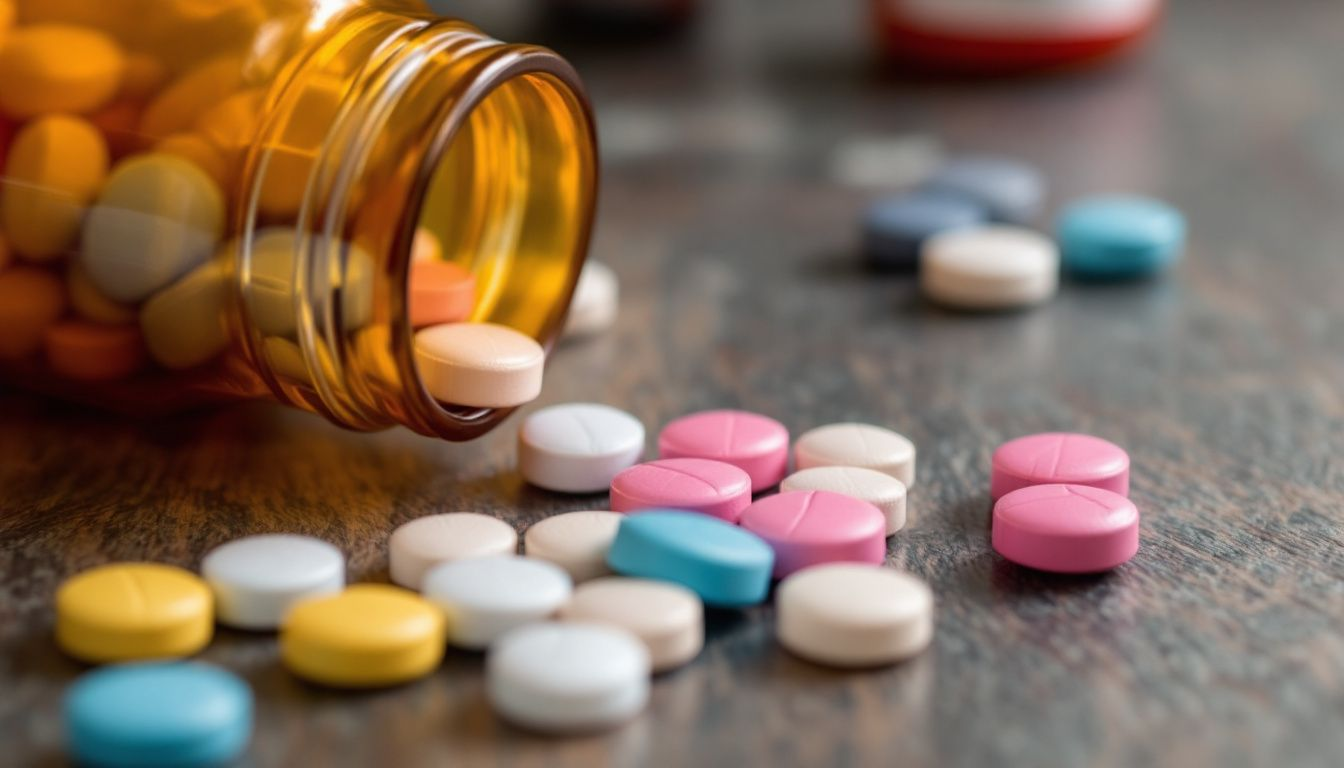
The M367 pill is a prescription opioid pain medication designed to manage moderate to severe pain when other pain relievers are ineffective or unsuitable. This powerful medication combines hydrocodone bitartrate and acetaminophen to provide effective pain relief by altering how the brain perceives pain.
Knowing the M367 pill’s purpose and composition ensures its safe and effective use. This medication is especially useful for treating postoperative pain, musculoskeletal injuries, and chronic conditions like arthritis and back pain.
Composition of the M367 Pill
The M367 pill contains two active ingredients: hydrocodone bitartrate and acetaminophen. Hydrocodone, a semi-synthetic opioid, binds to receptors in the brain and spinal cord, changing pain perception and providing substantial relief. Acetaminophen, a non-opioid pain reliever, enhances hydrocodone’s effects and reduces fever. Together, they form a potent combination for managing moderate to severe pain.
Each M367 pill contains 10 mg of hydrocodone and 325 mg of acetaminophen, making it a potent option for pain management. The synergy between these two ingredients allows for enhanced pain relief while minimizing the risk of side effects when used correctly.
Identifying the M367 Pill
The M367 pill is easily identified by its distinctive features: a white, oval-shaped tablet with the imprint ‘M367’ on one side, indicating its specific formulation. This marking is crucial for distinguishing it from other medications.
The M367 pill also has a scored line on one side for dose adjustment, while the other side features a straight line for easy splitting. These design elements aid in accurate dosing and safe pain management.
Uses of the M367 Pill
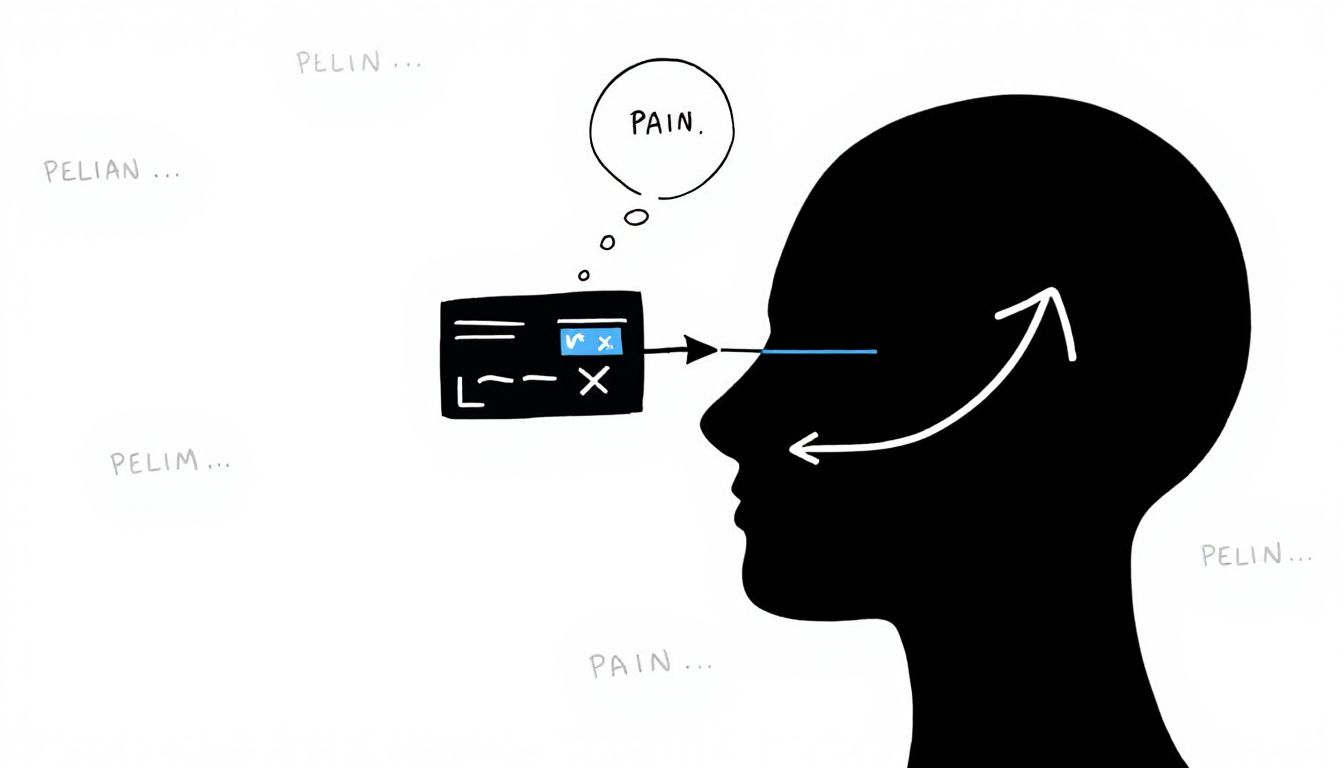
The M367 pill is often prescribed for moderate to severe pain, especially when other pain relievers are ineffective or unsuitable.
It is commonly used for conditions like:
postoperative pain
musculoskeletal injuries
chronic arthritis
back pain
However, it’s important to note that M367 is typically prescribed for short-term pain management rather than long-term use. This is due to the potential risks associated with prolonged opioid use, including dependency and other serious health issues.
How the M367 Pill Manages Pain
The M367 pill combines hydrocodone and acetaminophen to manage pain. Hydrocodone binds to opioid receptors in the brain and spinal cord, changing pain perception and offering significant relief. Acetaminophen inhibits cyclooxygenase in the brain, reducing pain and fever.
The synergy between hydrocodone and acetaminophen enhances pain relief, making the M367 pill effective where other medications fall short. It alters the brain and nervous system’s response to pain signals, providing a powerful solution for severe pain.
Prescription Requirements
A doctor’s prescription is required for the M367 pill, classified as a Schedule II/IIN controlled substance. This classification underscores the need for medical supervision and thorough evaluation of the patient’s medical history.
Patients should inform their healthcare provider about any history of substance abuse, respiratory problems, liver or kidney disease, and mental health disorders before starting the M367 pill. Consultation is also necessary before adjusting the dosage or using the medication during pregnancy to ensure safety.
Dosage Guidelines for M367
Proper dosing is crucial for the M367 pill’s safe and effective use. Typically, adults take one tablet every 4 to 6 hours as needed, tailored to individual pain management needs.
Standard Dosage Recommendations
The standard recommendation is one tablet every 4 to 6 hours for pain relief. However, this can vary based on pain severity, medical history, and individual response. Elderly patients may require lower dosages due to increased sensitivity.
Patients with liver issues may need dosage adjustments to prevent complications. Following the prescribed dosage and consulting a healthcare provider for adjustments ensures safe and effective pain management.
Safe Use Tips
Patients should avoid mixing the M367 pill with alcohol and other central nervous system depressants to prevent liver damage and respiratory issues. The pill should be swallowed whole with a full glass of water for proper absorption.
Storing the M367 pill securely and following prescription instructions helps prevent misuse and accidental ingestion. Adhering to these guidelines maximizes the pill’s benefits while minimizing potential risks.
Side Effects of the M367 Pill
Like all medications, the M367 pill can cause side effects, ranging from common short-term reactions to severe long-term health risks.
Common Short-Term Side Effects
Short-term side effects of the M367 pill include dizziness, lightheadedness, dry mouth, drowsiness, nausea, constipation, and slight euphoria or relaxation.
Older adults may be more susceptible to heightened side effects like confusion and severe constipation, requiring careful monitoring. Awareness and consultation with a healthcare provider are recommended if these reactions become troublesome.
Severe Long-Term Side Effects
Long-term use of the M367 pill can cause severe side effects such as respiratory depression, which may result in slowed or stopped breathing, especially at higher doses. Chronic use can also lead to physical dependency and tolerance, increasing the risk of misuse.
Exceeding the recommended dosage risks liver health due to the acetaminophen content. Combining M367 with other liver-affecting medications increases the risk of liver damage and toxicity.
Vigilance about these health risks and strict adherence to prescribed guidelines are essential.
Risks and Precautions
The M367 pill poses serious health risks due to its potential for abuse and addiction. Long-term use can lead to adrenal gland issues and other severe complications. Misuse, such as crushing, snorting, or injecting, significantly raises the risk of overdose and dependence.
Patients should inform their healthcare provider about all current medications to prevent harmful interactions. Safe storage and disposal are also crucial to prevent misuse and protect public health.
Risk of Addiction and Dependence
The M367 pill can cause both physical and psychological dependence, especially with prolonged use and higher doses. Physical dependence is a natural physiological response, whereas prescription drug addiction involves compulsive use despite harm.
Sudden discontinuation can cause withdrawal symptoms, emphasizing the importance of following healthcare provider instructions. Exceeding the prescribed dosage can lead to dependency and severe withdrawal symptoms.
Overdose Signs and Emergency Response
Signs of an M367 pill overdose include cold skin, blue-tinged lips, loss of consciousness, and respiratory depression. If an overdose is suspected, seek emergency medical attention immediately by calling 911.
Naloxone can reverse the effects of an opioid overdose and potentially save lives. Having naloxone available is vital for prompt action in such cases.
Interactions with Other Medications
The M367 pill can interact with various other medications, causing serious complications and altering drug effectiveness.
Central Nervous System Depressants
Combining the M367 pill with other CNS depressants like sedatives, muscle relaxants, and certain pain medications can enhance drowsiness and reduce alertness, increasing the risk of severe respiratory depression and other adverse effects.
Patients should consult their healthcare provider before using other medications that may interact with M367 to prevent life-threatening reactions.
Liver-Affecting Medications
Taking M367 with other liver-affecting medications can significantly increase the risk of liver damage or acute liver failure. The acetaminophen in M367 is particularly concerning when combined with such drugs.
Disclosing all medications to your healthcare provider is crucial to avoid harmful interactions and protect liver health.
Proper Storage and Disposal
Proper storage and disposal of the M367 pill are vital to prevent accidental ingestion, misuse, and environmental contamination.
Secure Storage Tips
Store M367 pills in a locked cabinet or drawer, out of sight and reach of children and pets, to prevent dangerous situations. Keeping medications in their original packaging helps ensure their safety and effectiveness.
Safe Disposal Methods
Improper disposal of unused M367 pills can result in accidental ingestion, misuse, and environmental contamination. To safely dispose of unused pills, mix them with undesirable substances like cat litter or coffee grounds, and seal them in a bag before disposal.
Flushing M367 pills down the toilet is generally discouraged due to the risk of water contamination. Instead, consider returning unused medications to community drug take-back programs for safe disposal.
Treatment Options for M367 Dependence
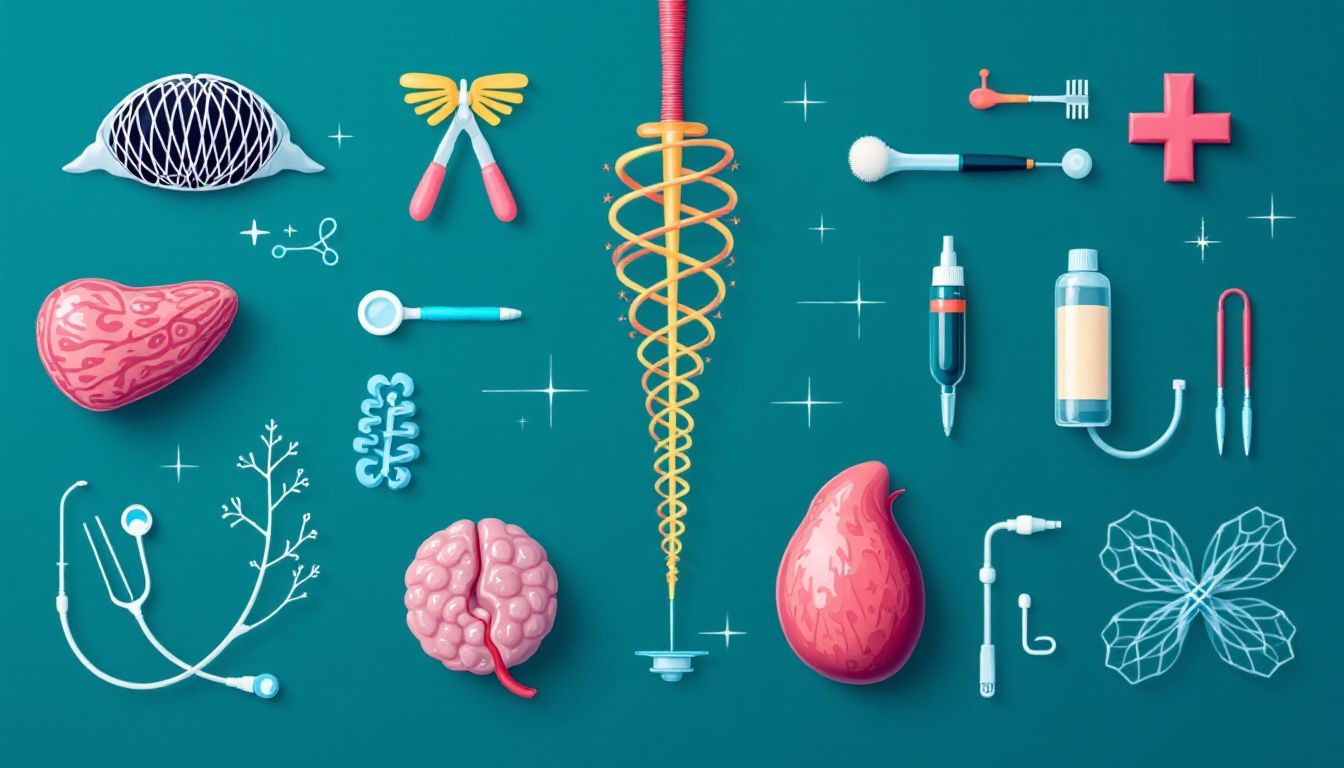
Overcoming dependence on the M367 pill involves both medical and therapeutic interventions. Treatment options include medication-assisted therapy (MAT) and behavioral counseling to support recovery from opioid addiction.
Medication-Assisted Treatment (MAT)
Medication-assisted treatment (MAT) uses medications along with counseling and behavioral therapies to address opiate addiction treatment. MAT helps manage withdrawal symptoms and provides a supportive framework, making it effective for treating moderate to severe opioid addiction.
Medications in MAT reduce cravings and withdrawal symptoms, allowing patients to focus on recovery and counseling sessions. This comprehensive approach addresses both the physical and psychological aspects of addiction.
Behavioral Therapy and Counseling
Behavioral therapy is crucial in MAT for individuals recovering from opioid dependence. It helps patients develop healthy coping mechanisms and address underlying issues contributing to addiction.
Counseling sessions, whether individual or group, offer a supportive environment for patients to share experiences and receive guidance from healthcare professionals. Integrating behavioral therapy and counseling into the treatment plan is essential for long-term recovery and relapse prevention.
Summary
In summary, the M367 pill is a powerful prescription opioid used to manage moderate to severe pain when other pain relievers are ineffective or unsuitable. Understanding its composition, uses, dosage guidelines, and potential side effects is crucial for safe and effective pain management. Proper storage and disposal, as well as awareness of drug interactions, are essential to prevent misuse and protect public health.
For those struggling with dependence on the M367 pill, treatment options such as medication-assisted treatment and behavioral therapy offer hope for recovery. By staying informed and seeking professional guidance, patients can safely navigate their pain management journey and avoid the serious health risks associated with opioid misuse.

